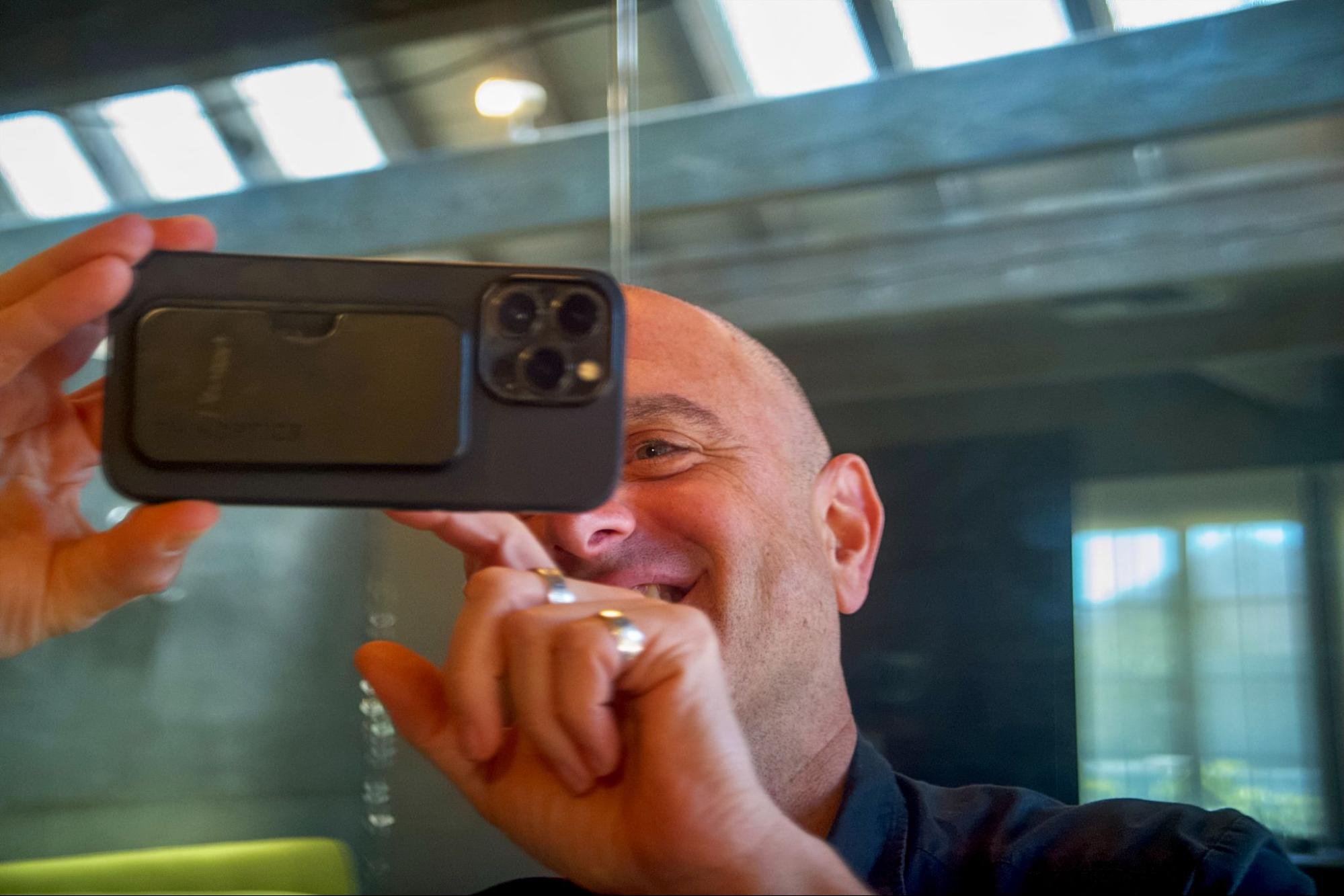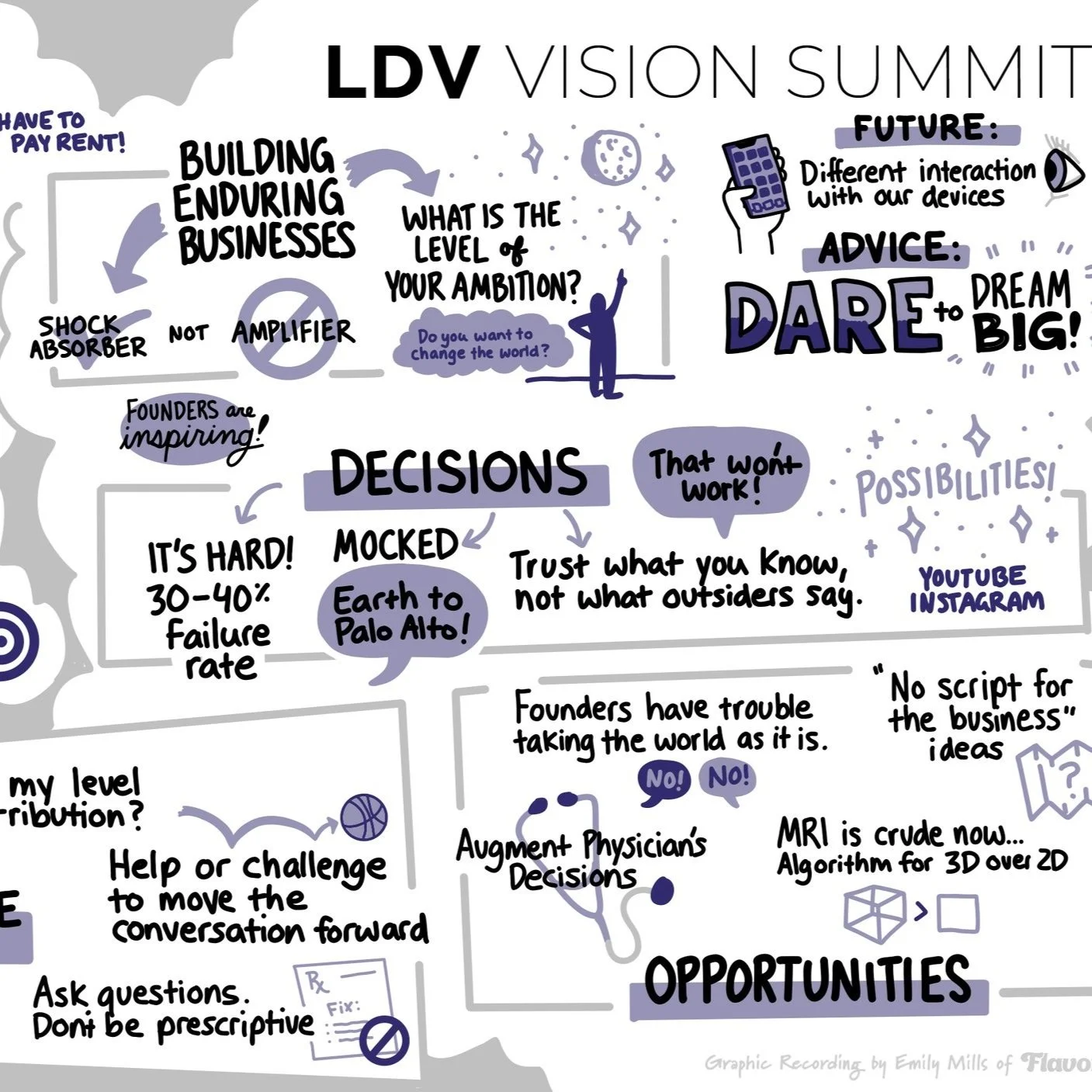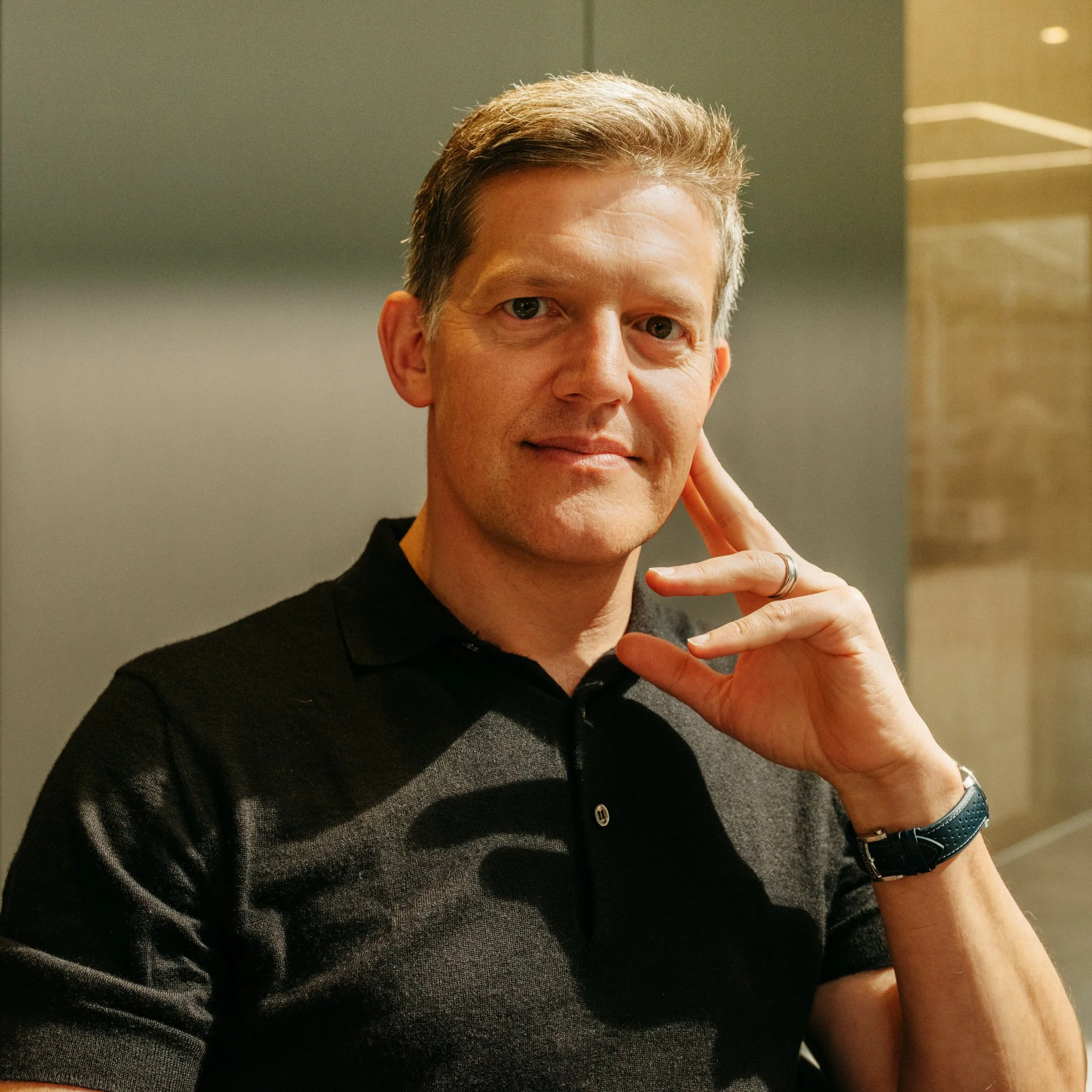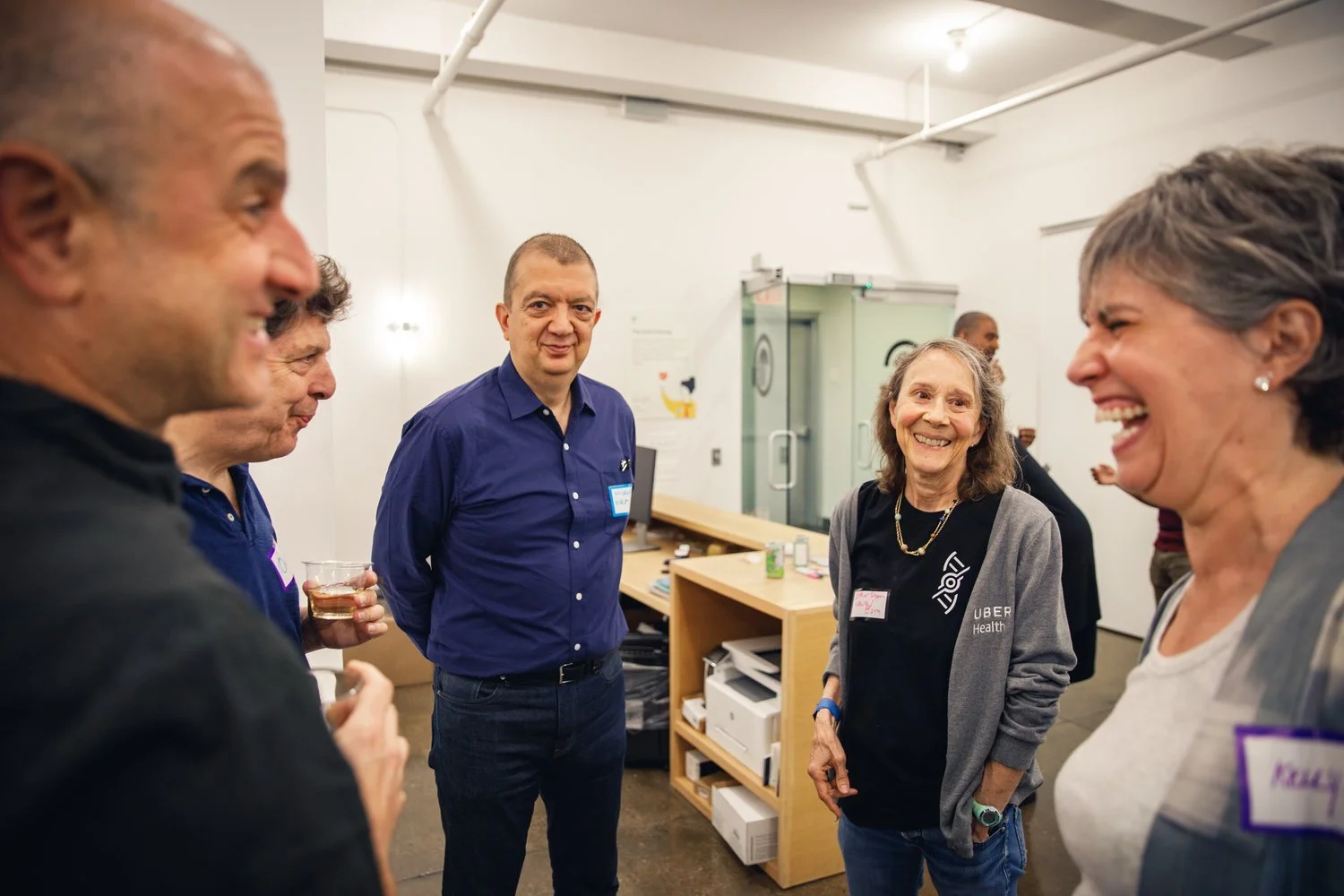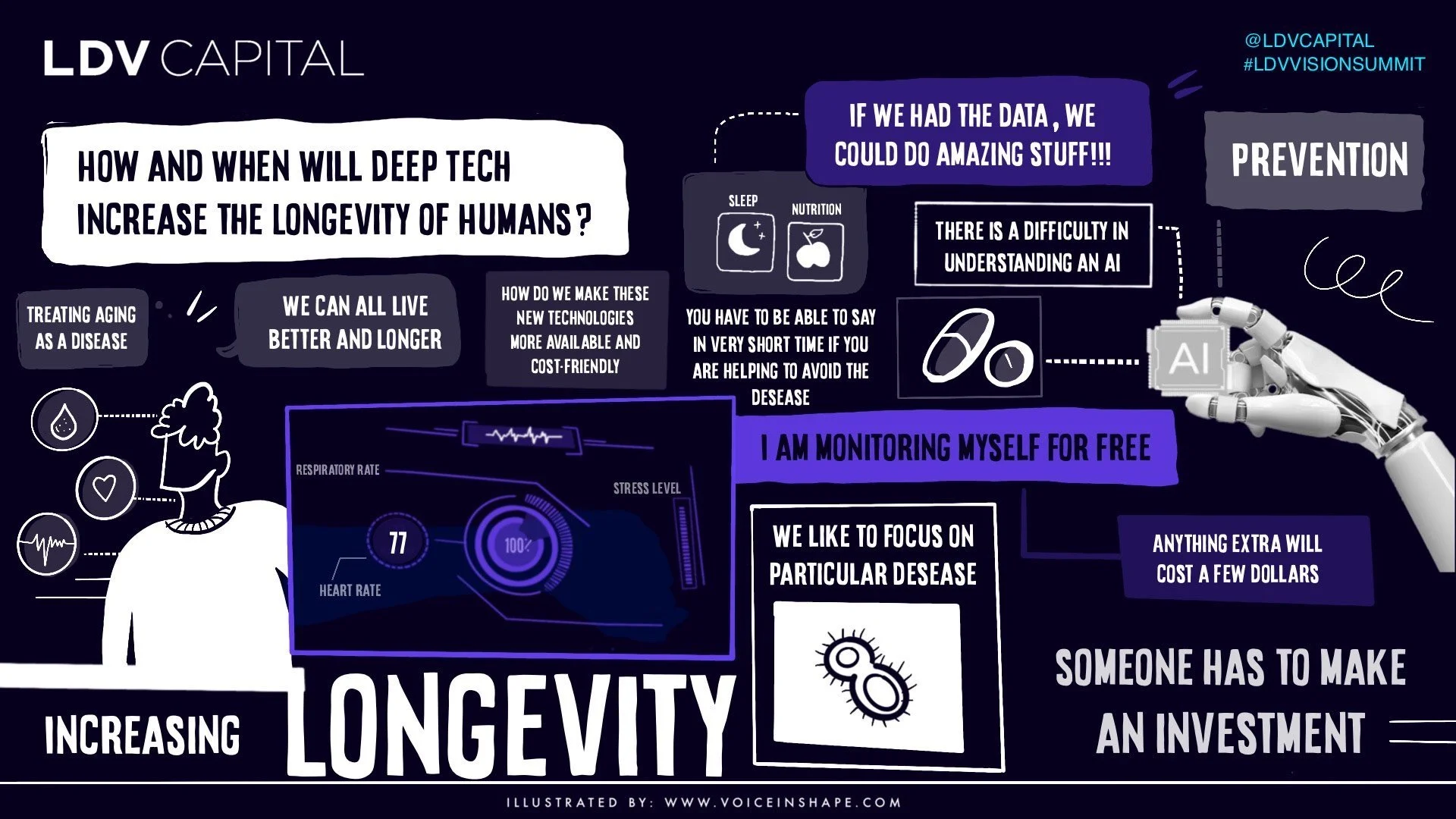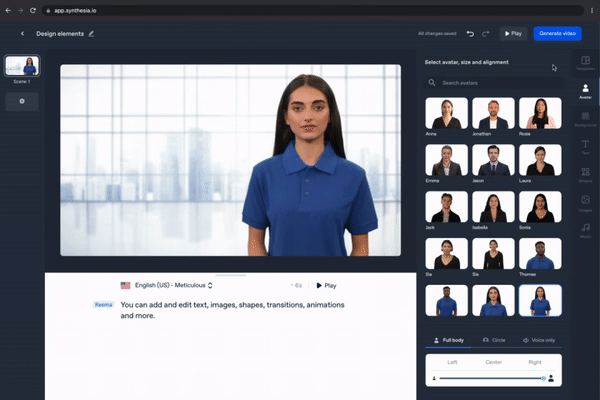Killing DSLR Cameras – The Final Nail in the Coffin
/2022 - Evan was photographed with the Glass Imaging prototype by Co-Founder & CEO Ziv Attar. The bottom two images are zoomed-in versions of the top image. Wow, you can see the details of the eyelashes! © Tom Bishop
The smartphone has democratized photography. The number one feature that sells new smartphones is improved camera quality.
Apple, Samsung, Google, Xiaomi and other smartphone manufacturers are extremely competitive and some might say they are at war with each other by adding more advanced camera technologies to their smartphones than the others. They are adding new cameras and visual technologies to their smartphones such as better sensors, LiDAR, computer vision and much more to sell more smartphone upgrades.
In 2003, Evan was making pictures with his Sony Ericsson P800 Camera. © Dave Yoder
Evan Nisselson, Founder and General Partner at LDV Capital has been working in the visual tech industry for over 30 years. Evan has been a venture capital investor since 2012 and prior a serial entrepreneur, professional photographer and digital media expert since the early 1990s. He used to make pictures with his Nikon F, Nikon FM and Rolleiflex which we all know are beautiful machines but also heavy to carry around. In 1999, Lyra Research called Evan “a retro-futurist” because he created the first broadband photo community with his colleagues at @Home Network while carrying around his Nikon F. He made pictures with large and heavy analog cameras until 2003.
In 2003, he wrote an article elaborating on how camera phones will replace point-and-shoot cameras and everyone thought he was crazy, again. You can see a Sony Ericsson P800 Camera in his hand in the picture on the right – needless to say, other photographers could hardly see it as an alternative to their DSLRs. Sure, at that time the image quality was poor but it was just a matter of time.
2008, Nokia N95 “Love the Living of Life” © Evan Nisselson
He predicted the future of “mobile photography” (a term used at that time) 4 years before the world saw the first iPhone and has been making pictures with his smartphones ever since. He also pointed out that the distribution of photos will play a major role in human communication:
“Now not only could I capture the moment but I can also instantly share that moment with someone around the globe by sending it as an MMS within seconds.” Soon after, easily sharing photos from smartphones to people and to social platforms became the norm.
In 2014, he said, “The whole technology stack for capturing, managing, searching and sharing visual communications will have to be re-invented multiple times in the coming 5-20 years to handle this massive shift of how people will visually communicate,” in an interview with Taylor Davidson – entrepreneur, photographer and now CEO of Foresight.
Ever since the inception of LDV Capital in 2012 – a venture firm with a unique perspective on how visual technologies will be critical to the success of artificial intelligence horizontally across all business sectors, Evan was thrilled with the possibility to partner with people who would bring DSLR quality to small devices.
Co-founders Ziv Attar and Tom Bishop photograph the top photo of Evan with their Glass Imaging prototype. This prototype will soon be exponentially smaller and replace the camera components on the back of a smartphone. 2022 © Evan Nisselson
To date, smartphones have not been able to compete with professional DSLRs in terms of quality because the largest sensor in a smartphone today is 35 times smaller than full-frame sensors, and so fundamentally gather less light. Smartphone imaging has been limited due to smaller sensors, smaller lenses and the demand for lower-cost components in a phone. With standard lens designs, these large sensors cannot fit inside the thickness of a smartphone, as they also require large optical elements. Well, that is until smartphone companies integrate Glass Imaging.
2022 - Evan is making pictures with a Glass Imaging prototype that will finally kill DSLR cameras. The device in Evan’s hands will soon fit inside a traditional-sized smartphone and not increase the size of a smartphone as we know it today. © Tom Bishop
Earlier this year, we announced that LDV Capital led the seed funding round of Glass Imaging – a company co-founded by Ziv Attar and Dr. Tom Bishop. Previously, Ziv founded LinX Imaging which was acquired by Apple in 2015, and at Apple, he led the development of the iPhone’s “portrait mode” technology. That’s where he met Tom – a brilliant co-founder & CTO who has years of academic research, worked at several technology companies and has multiple patents on computer vision and computational photography.
Glass Imaging is on a mission to enable unrivaled professional image quality in a pocketable form factor – smartphones and other compact electronic devices. The company redesigns the optics that work with proprietary deep learning software. Read more in Devin Coldewey’s article on TechCrunch.
“The next great frontier for smartphone photography could be a combination of AI and revised lens design. It's possible to incorporate anamorphic lenses and then rebuild a proper-looking image using finely-tuned algorithms. While this hasn't been done yet in commercially-available products, the idea of fitting more and better glass into a smaller area is enticing,” says Judd Heape, vice president of product management for cameras at Qualcomm. This is a view shared by those at Glass Imaging, who are aiming to bring such developments to market by partnering with major smartphone brands.
You can now see the fantastic quality of pictures taken with the Glass Imaging prototype – it’s happening and soon this technology will fit into pocket-size devices.
Glass Imaging’s render of what the inside of a smartphone will look like with Glass Imaging tech.
It’s not only challenging to fit novel lens solutions into a smartphone – companies need to leverage cutting-edge proprietary AI algorithms to correct the distortions and convert the sensor output to a standard image. That’s exactly what makes Glass Imaging unique – they have a complementary approach combining novel advanced optical designs with the power of modern deep learning / AI algorithms. This year, the BBC says that smartphones finally beat traditional digital cameras with computational power and innovation.
At our 2nd Annual LDV Vision Summit in 2015, we hosted a panel with Michael Cohen, Paul Green, and Ramesh Raskar to discuss the future of computational photography and video. Michael Cohen was a Senior Research Scientist at Microsoft Research for 21 years until he joined Facebook Research in 2015. Paul Green was CTO at Algolux, a company that delivers vision-based dense depth and object detection, and now is the founder of a new venture – mtl.ai. Ramesh Raskar is an Associate Professor at MIT and director of the Camera Culture group at MIT Media Lab. Ramesh Raskar now serves as an advisor to Glass Imaging.
Back in 2015, Evan argued on stage that smartphones would replace DSLR technology and the brilliant team at Glass Imaging is delivering this vision.
Glass Imaging will empower smartphones to replace 99.9% of DSLR cameras aside from those with extremely long lenses needed for niche verticals like African safaris, action photography such as sports, NASCAR and more. However, the best images, videos and all content will always be created by the most creative people and the device is only a means to an end.

